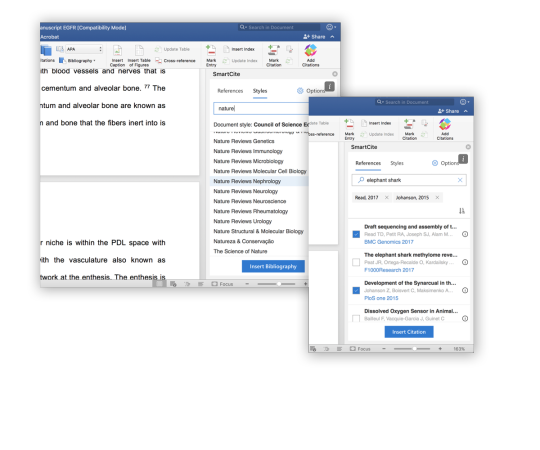
Ever wished the world would disappear so that you could focus better? Try out Scrivener’s composition mode for academic writing! It takes away everything from your desktop (including the time and any pesky notifications), leaving only you and writing. I find this extremely useful when quoting from primary or secondary sources, and when referencing my other writing.

My writing feels less linear and lower stakes.Scrivener 3 allows me to easily switch between drafting and organizing modes. I tend to switch between drafting new material and organizing what I’ve already written. I usually jump around a lot when writing academic articles and books. Built-in attention to structure and content. For me, this makes Scrivener 3 the clear winner over word.What Makes Scrivener Awesome for Academic Writing? This attention to structure and content makes Scrivener 3 the best word processor for academic writing. (Video not displaying? Watch it on Vimeo).

In Scrivener, each piece of writing is a “project.” You can keep everything–including academic articles– inside of the project itself. Scrivener’s overview video really sums this up nicely. The main difference between Scrivener and Word is that Scrivener has built-in attention to both structure and content, while Word (or other word processing software) just allows you to type documents. Word (or other Word Processing Software)ĭo you find that your academic writing projects extend across multiple documents? Do you regularly have multiple Word documents and PDFs open when you write your drafts? This makes it the best word processor for academic writing.

You can think of your “project” as a folder that has all your writing in one place, and that you can organize and hierarchize. It is unique in that the entire “project” is a file, and within the project, you can write drafts and store documents.
DIFFERENCE BETWEEN READCUBE PAPERS AND PAPERS3 SOFTWARE
Scrivener is word processing software published by Literature & Latte.


 0 kommentar(er)
0 kommentar(er)
